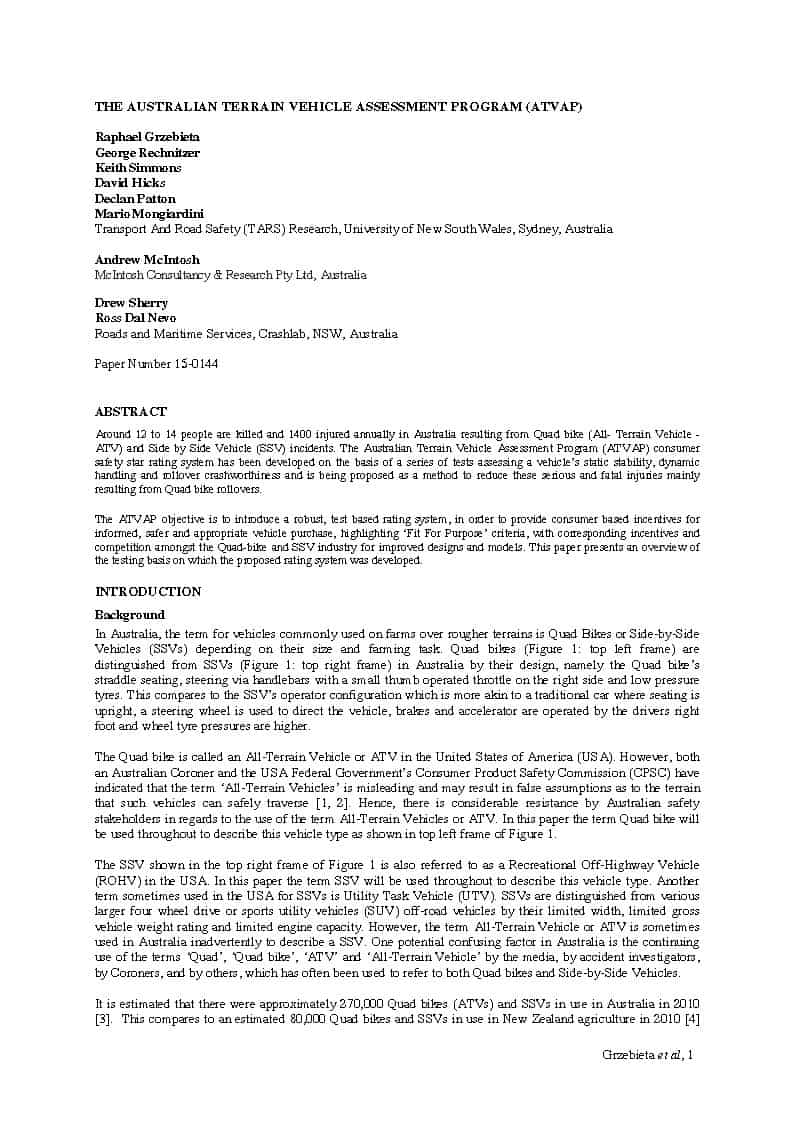The Australian Industry Group (AIGroup) submission to the Australian Government’s Parliamentary Joint Committee on Law Enforcement inquiry into crystal methamphetamine, commonly known as Ice, has been made publicly available. The submission focuses on the risks to all workplaces, primarily, by imposing non-work statistics onto the workplace, lumping Ice in with other illicit drugs, and relying on anecdotal evidence. This approach is not unique to AiGroup and can also be seen regularly in the mainstream media but such an important Inquiry requires a much higher quality of evidence than anecdotes.
The submission references a recent Australian Crime Commission (ACC) report into Ice saying it:
“… paints a bleak picture for the community and Australian workplaces. This combined with greater ease of access, including in regional areas, places Australian workplaces at risk.
A key requirement for employers seeking to manage safety risks arising from persons attending work affected by Ice is the ability to conduct workplace drug and alcohol testing.” (page 3)
The ACC report refers almost exclusively to the hazards presented to hospital and emergency staff, not by Ice use by staff, and yet is able to link Ice-affected public to the drug testing of workers. Continue reading “Is methamphetamine a significant workplace hazard?”


